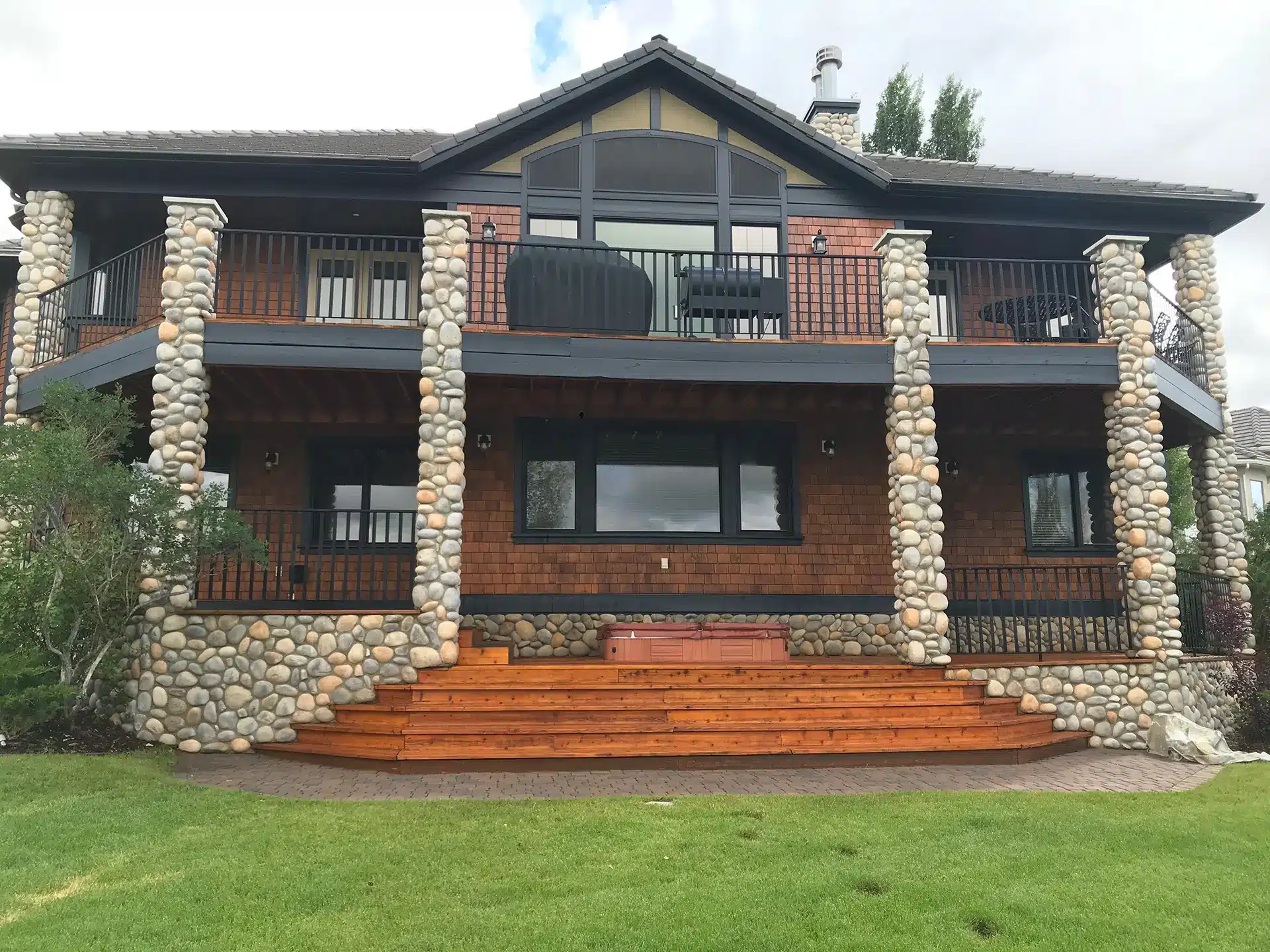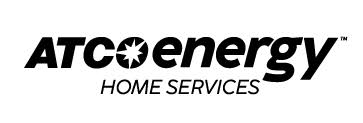When painting masonry surfaces, the choice between elastomeric paint and acrylic latex is more than just about finish or color—it’s about longevity, flexibility, moisture resistance, and protection against the elements. If your masonry is showing hairline cracks, absorbing moisture, or exposed to shifting temperatures, your paint choice can dramatically affect performance.
So which is better for masonry?
Here’s the short answer: Elastomeric paint is ideal for masonry that needs flexible, high-build waterproof protection, especially on surfaces prone to movement or cracking. Acrylic latex, on the other hand, is better for sound, previously painted, or smoother masonry surfaces where breathability and durability are key.
Choosing the wrong product can lead to premature paint failure, moisture damage, and costly repaints. This blog will help you make a confident, informed decision by exploring:
-
Composition and characteristics of both paint types
-
How each performs across different masonry conditions
-
Product-specific recommendations
-
Best practices for application and maintenance
-
Answers to common concerns and questions
Let’s dive deeper into this paint performance match-up.
Basics of Elastomeric Paint and Acrylic Latex Paint
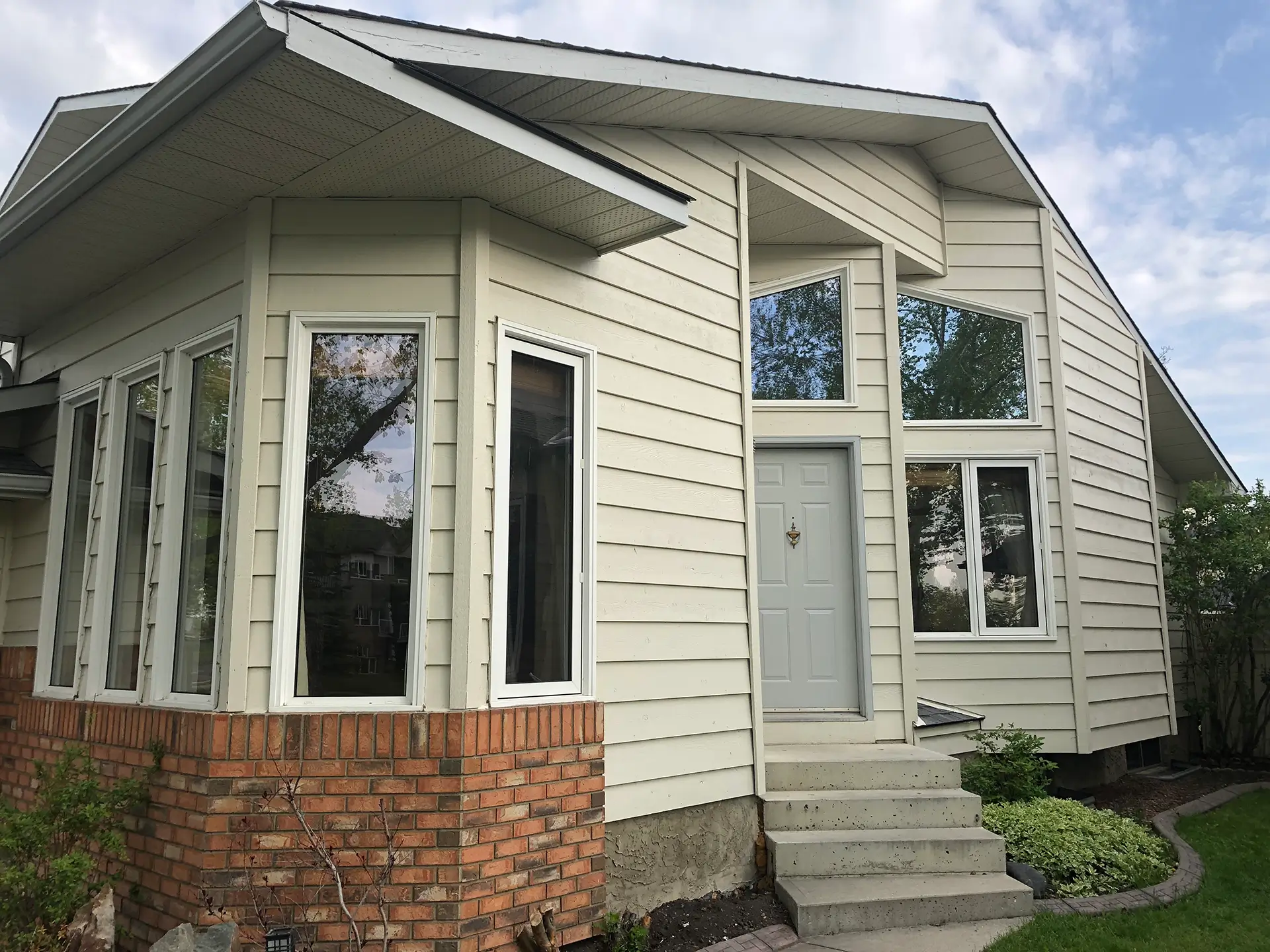
Elastomeric Paint – Composition and Characteristics
Elastomeric paints are thick, rubber-like coatings made from elastomeric acrylic resins. They’re designed for flexibility—literally. These coatings can stretch up to 300–500% of their dry film thickness without cracking.
Key properties:
-
Film Thickness: 10–15 mils per coat
-
Waterproofing: Excellent—forms a watertight membrane
-
Vapor Permeability: Allows moisture vapor to escape
-
Crack Bridging: Ideal for bridging hairline cracks
-
Substrate Compatibility: Stucco, concrete block, brick, fiber cement, poured concrete
Top Elastomeric Products:
-
Sherwin-Williams ConFlex XL® – superior elongation, waterproof, long-lasting
-
Behr Premium Elastomeric Masonry, Stucco & Brick Paint – commercial-grade protection
-
PPG Permalastic® – trusted for both commercial and residential masonry
Acrylic Latex Paint – Composition and Characteristics
Acrylic latex paints use 100% acrylic resins, which provide excellent adhesion and durability. While they don’t stretch like elastomerics, they are breathable and UV-resistant—important traits for vertical masonry exposed to weather.
Key properties:
-
Film Thickness: 2–4 mils per coat
-
Moisture Resistance: Moderate
-
Breathability: Excellent—reduces risk of blistering
-
Finish Options: Available in matte to high-gloss
-
Substrate Compatibility: Smooth concrete, previously painted masonry, stable brick
Top Acrylic Latex Products:
-
Benjamin Moore Aura® Exterior Acrylic – rich color retention and durability
-
Sherwin-Williams Duration® – mildew-resistant, fade-resistant
-
Behr Premium Plus Ultra Exterior – primer + paint with good value
Performance Comparison on Masonry Surfaces
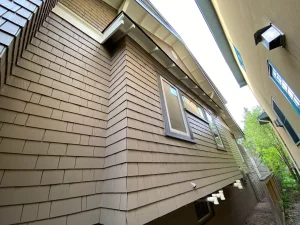
Flexibility and Crack Bridging
One of the key advantages of elastomeric coatings is their ability to bridge small cracks—often invisible to the eye. The thick film forms a flexible membrane over masonry, absorbing minor expansion and contraction without tearing or letting moisture in.
Acrylic latex, while durable, lacks the stretch of elastomerics. It may crack or peel when applied over substrates with existing or developing cracks.
| Flexibility & Crack Bridging | Elastomeric Paint | Acrylic Latex Paint |
|---|---|---|
| Elongation | 300–500% | 5–15% |
| Crack Bridging | Excellent | Poor to Moderate |
| Ideal Substrate Condition | Cracked, shifting | Smooth, stable |
Moisture Resistance and Vapor Permeability
Moisture intrusion is one of masonry’s biggest enemies. Elastomeric paint offers waterproofing without trapping internal moisture, thanks to its vapor permeability. This makes it especially suited for humid climates, coastal zones, and freeze-thaw regions.
Acrylic latex breathes better but doesn’t fully waterproof. It’s a safer bet for arid climates or interiors where vapor movement is less critical.
Durability and Weather Resistance
Both paints resist UV and fading, but they excel in different ways. Elastomerics are more robust in extreme conditions but require proper mil thickness to avoid failure. Acrylic latex dries faster, is easier to apply, and performs well in moderate exposure conditions.
Appearance and Finish Options
If aesthetics are a top priority, acrylic latex wins on finish versatility and color range. Elastomeric paints tend to have a flat or matte look due to their thickness and limited pigment load. You’ll rarely find elastomeric coatings in gloss or satin.
| Finish and Aesthetics | Elastomeric Paint | Acrylic Latex Paint |
|---|---|---|
| Sheen Options | Mostly Flat/Matte | Flat to Gloss |
| Color Range | Moderate | Wide |
| Surface Texture Visibility | Slightly obscured | Preserved |
Choosing the right paint depends on your masonry surface condition, exposure, and desired appearance.
Concrete Block and Stucco
These surfaces are highly porous and prone to cracking.
-
Recommended: Elastomeric Paint
-
Why: Seals pores, bridges cracks, protects from moisture
-
Top Pick: Sherwin-Williams ConFlex XL®
Brick
Brick needs to breathe. On sound brick, breathable coatings prevent efflorescence or moisture buildup.
-
Recommended: Acrylic Latex Paint
-
Why: Preserves natural look, allows moisture vapor to escape
-
Caution: Avoid elastomeric unless cracks or moisture issues are present
Poured Concrete
Tends to form hairline cracks as it cures.
-
Recommended: Elastomeric if cracks exist; Acrylic Latex if smooth
-
Top Pick for Cracks: PPG Permalastic®
Fiber Cement and Masonry Veneer
These modern siding systems often have smoother finishes.
-
Recommended: Acrylic Latex Paint
-
Why: Enhances look, breathes well
-
Switch to Elastomeric only if surface shows signs of movement
Service-Specific Application Best Practices
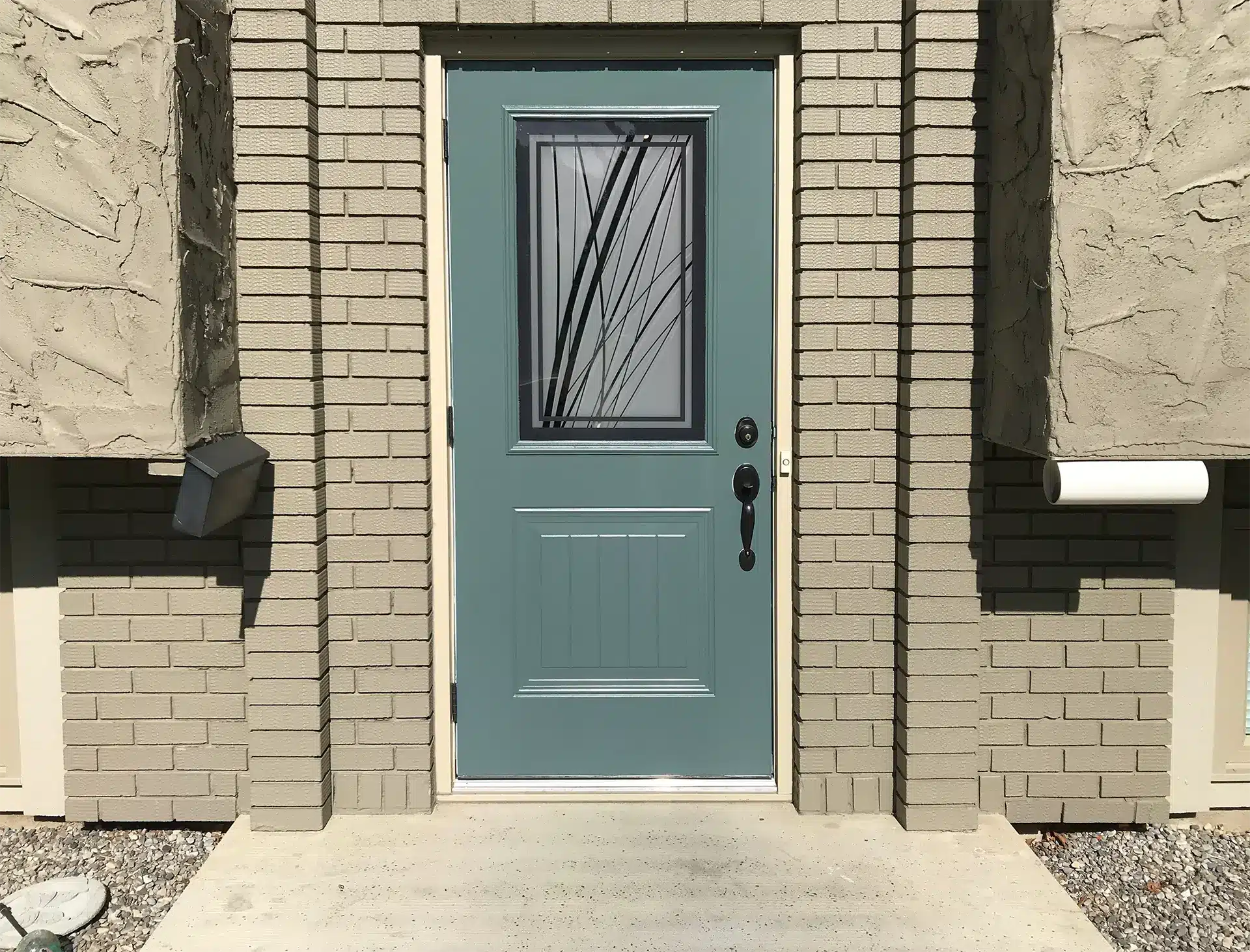
No matter how good the product, application determines performance. Here’s how professional contractors handle it:
Surface Preparation
Proper prep is non-negotiable.
-
Power washing to remove dirt, chalking, mold, or efflorescence
-
Crack repairs with flexible patching compounds
-
Dry time: Masonry must be completely dry before application (moisture <15%)
Priming
-
Elastomeric Paint: May be self-priming or require compatible primers for dusty or porous substrates
-
Acrylic Latex: Masonry-specific primers improve adhesion and seal porous surfaces
Application Conditions
-
Temperature Range: 50°F to 85°F
-
Avoid painting during high humidity or rain forecast
-
Tools: Airless spray recommended for large areas; back-roll for uniformity
Coating Thickness
| Coating Requirements | Elastomeric Paint | Acrylic Latex Paint |
|---|---|---|
| Wet Film Thickness | 10–15 mils per coat | 4–6 mils per coat |
| Number of Coats | 2+ | 1–2 |
| Total Dry Thickness | 20–30 mils | 6–8 mils |
Maintenance, Longevity, and Cost Considerations
Expected Lifespan
-
Elastomeric: 10–15 years, especially in high-exposure areas
-
Acrylic Latex: 7–12 years, depending on prep and exposure
Maintenance and Repair
-
Elastomeric: Touch-ups are tricky; patching is noticeable—best to recoat full sections
-
Acrylic Latex: Easier to repair and recoat
Cost Implications
Elastomeric paint is 30–50% more expensive per gallon and requires more material and labor due to thickness. But it often reduces moisture damage over time.
People Also Ask (FAQs)
Q1: Which paint is best for masonry walls?
A: Use elastomeric paint for cracked or moisture-prone masonry. Use acrylic latex for sound, previously painted surfaces needing breathability and color options.
Q2: Can elastomeric paint be applied over acrylic latex?
A: Yes—but ensure clean, dry surfaces. Sand glossy finishes, and spot-prime where needed.
Q3: How thick should elastomeric paint be applied?
A: Apply 10–15 wet mils per coat, with 2 coats recommended—achieving 20–30 mils dry thickness.
Q4: Does acrylic latex paint breathe?
A: Yes. It’s vapor permeable, which helps prevent blistering from trapped moisture.
Q5: What is the typical cost difference between elastomeric and acrylic latex paints?
A: Elastomeric coatings can be 30–50% more per gallon, and their thicker application raises labor costs—but they protect longer on difficult substrates.
Conclusion: Which Paint Should You Use?
Both elastomeric and acrylic latex paints have distinct advantages for masonry surfaces. If your walls are cracked, exposed to extreme weather, or vulnerable to moisture—elastomeric paint is the superior choice. For smoother, stable, previously coated surfaces where breathability and finish matter most, acrylic latex offers excellent performance and value.
Need help deciding? Contact [Your Company Name] for a free masonry evaluation and product recommendation tailored to your building, climate, and long-term goals.
